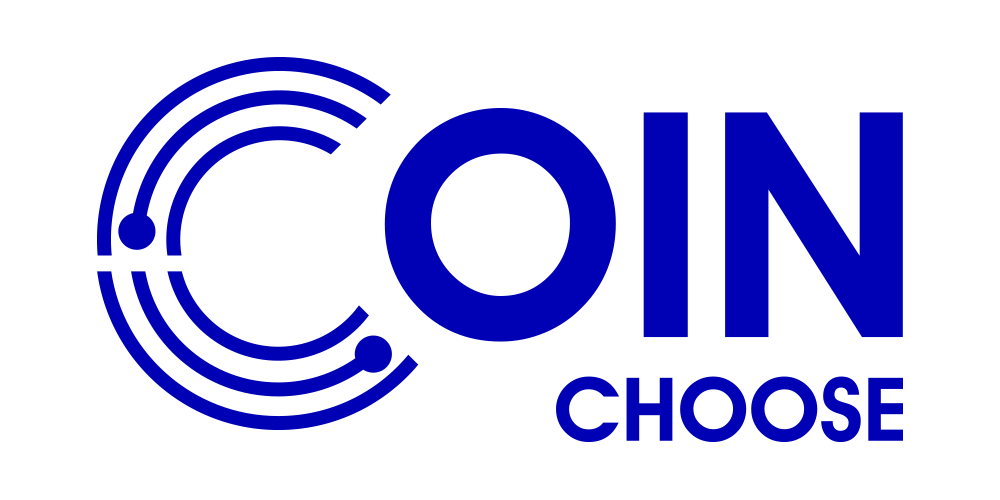
Bitcoin mining involves technical processes that can be too intimidating for beginners and average users. But never let this be a reason to pass up on the opportunity to get involved in mining cryptocurrencies. Let this mining guide help you prepare all the requirements to begin mining Bitcoin.
Determine how you want to mine
This is the most basic step that will launch your future in Bitcoin mining. Back in the beginning, there are only two options to consider: do you want to mine alone or would you rather join a mining pool?
As technology in this field evolves, you’re now provided with another option, which is to buy Bitcoin cloud mining contracts. Solo mining and pool mining are technically different in concept but similar in the hardware needed. Cloud mining, however, only requires miners to purchase mining contracts online, without having to buy a mining rig.
Granted that solo mining and pool mining belong to the same classification, they have major differences from Bitcoin cloud mining. You don’t need to worry about power consumption and getting the latest mining hardware if you opt to buy cloud mining contracts. However, you’re exposed to more risk with the latter since there can be instances when the mining company turns out to be a scam. Mining alone or in a pool also lets you be in control of the rig and the software and stay on top of the operation.
Purchase your mining hardware
Weighing in on the advantages and disadvantages of these two kinds of mining is imperative early on. Of course, if you prefer to invest in contracts instead, then there’s no need to buy a mining rig. Otherwise, this should be your next focus.
ASIC chips are your best bet when mining Bitcoin. It offers performance that registers up to 100x the power of the older systems like CPU, GPU, and FPGA. This is the reason getting mining hardware that has the latest technology is the smarter move. Yes, this will cost a bit more, but the payoff is the less power consumption during the mining operation. Resorting to cheaper but less capable hardware will end up with a surge in your electricity bill.
Get a Bitcoin wallet
You’re practically surrounded by different types of Bitcoin wallets that each come with distinct features. Whichever will be your chosen wallet, remember to take note of your wallet address, which is a string of letters and numbers. In case you’re using a software wallet, make sure to copy the wallet.dat.file to a back-up device like a USB stick or to print out a copy for yourself. In the unfortunate event that your computer fails, you’ll still be able to access your bitcoins through the wallet.dat.file.
Solo mining vs. pool mining
Mining alone isn’t advisable nowadays since the mining difficulty has significantly increased from the years before. This subsequently promotes pool mining, which involves several miners combining their mining capabilities to mine faster and efficiently solve bigger blocks.
When mining in a pool, however, the profits are shared among the miners based on the hash rate contributed in solving the algorithms. As such, it’s important to know the specifics on how a mining pool functions, the fees involved, and its stability.
Download Bitcoin mining software
A special program is needed to initiate Bitcoin mining on your computer. This software allows you to control and monitor the mining rig, but it must be compatible with the hardware for the two to reach optimum performance. It also depends on which computer you use since there are different mining software designed for Windows, Mac, and Ubuntu platforms.
Configure software and miner
You’re just a few steps before starting to mine. Connecting the mining rig to the computer and setting up the mining software should initiate the process. When joining a pool, see to it that you enter the pool details correctly, especially your wallet address. Otherwise, you may end up without your share of the pie.





